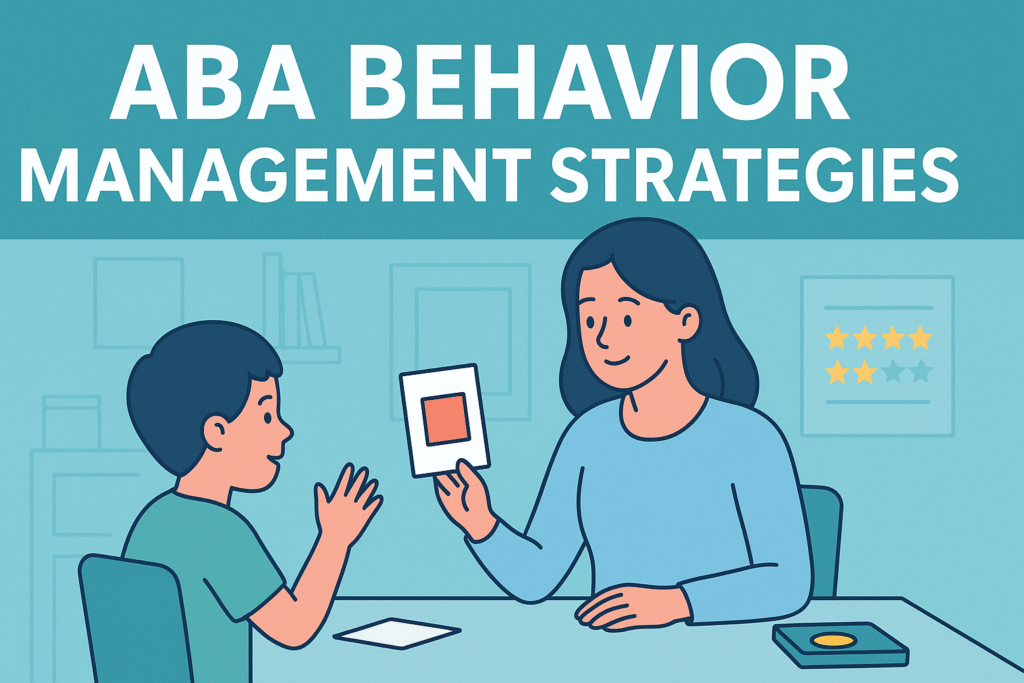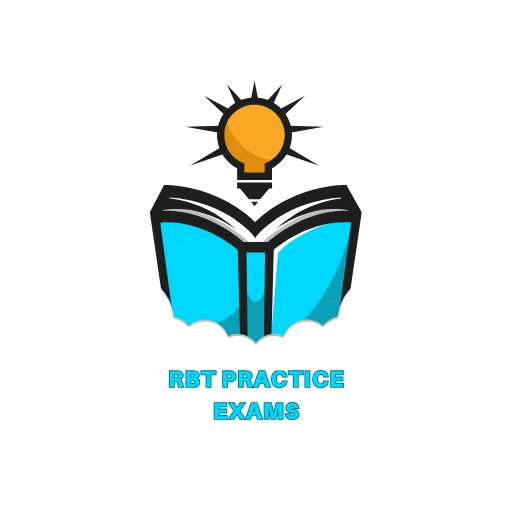Applied Behavior Analysis, often called ABA, is one of the most widely used approaches for helping people build positive behaviors while reducing challenging ones. At the heart of this method are ABA behavior management strategies, practical tools that make daily life easier for families, educators, and therapists. Whether you’re preparing for the RBT exam or looking for strategies to use at home or in the classroom, understanding these methods can make a big difference.
Table of Contents

What Are ABA Behavior Management Strategies?
ABA behavior management strategies are evidence-based techniques used to encourage positive actions and decrease unwanted behaviors. They are grounded in the science of Applied Behavior Analysis (ABA), which studies how behavior works and how learning happens through reinforcement.
Instead of relying on punishment, these strategies focus on teaching replacement skills, building independence, and creating supportive environments.
Applied Behavior Analysis – Wikipedia
Core Principles of ABA in Managing Behavior
To fully understand these strategies, it’s important to know the principles they are built on:
Antecedent, Behavior, Consequence (ABC): Behavior is influenced by what happens before and after it.
Reinforcement: Positive consequences increase the likelihood of desired behavior.
Extinction: When reinforcement for a negative behavior is removed, the behavior eventually decreases.
Prompting and Fading: Guidance is provided and then gradually reduced to build independence.
These concepts form the foundation of how behavior technicians and therapists approach management in real-world settings.
Common ABA Behavior Management Strategies
Here are some of the most frequently used strategies in ABA therapy:
- Positive Reinforcement
Rewarding desired behaviors with something motivating (praise, tokens, favorite activities) so the person is more likely to repeat the behavior.
Example: A child receives a sticker after raising their hand in class instead of shouting out.
- Differential Reinforcement
Reinforcing only the appropriate behavior while ignoring or not rewarding the undesired one.
Example: Reinforcing quiet sitting instead of reinforcing whining.
- Extinction
Withholding reinforcement for a behavior that used to be rewarded. Over time, the behavior decreases.
Example: Ignoring tantrums that were previously reinforced by attention.
- Shaping
Reinforcing small steps toward a larger goal.
Example: Praising a child first for looking at the toothbrush, then holding it, and eventually brushing independently.
- Prompting and Fading
Using visual, verbal, or physical cues to encourage the right response, then gradually reducing support.
Example: Pointing to a picture card when asking a child to label “dog,” then slowly removing the cue as they learn.
- Token Economy
Using tokens (stickers, points, stars) that can be exchanged for a larger reward.
Example: A classroom chart where students earn stars for completing homework and trade them in for free time.
- Functional Communication Training (FCT)
Teaching communication skills to replace problem behaviors.
Example: A child who throws objects to escape tasks learns to say “break, please” instead.
Real-Life Examples of ABA Strategies At Home
Parents can use reinforcement and routines to encourage positive behavior. For example, a bedtime chart with stickers helps children build consistent sleep habits.
In School
Teachers use token economies and prompting to maintain classroom order. Reinforcing positive participation often reduces disruptions.
In Therapy
RBTs and BCBAs design personalized interventions, such as using shaping and FCT to help a child with autism build social or communication skills.
Learn more at BACB
ABA Strategies for RBT Exam Prep
If you’re preparing to become a Registered Behavior Technician (RBT), knowing these strategies is essential. The RBT exam will test your ability to apply ABA behavior management strategies in different scenarios.
Here are some helpful resources:
Practice applying reinforcement, prompting, and extinction in case scenarios.
Study how token economies and shaping work in therapy.
Test yourself using these resources:
rbt practice test
rbt mock test
FAQs About ABA Behavior Management Strategies What is the most effective ABA behavior management strategy?
The most effective strategy often depends on the individual, but positive reinforcement is considered one of the most powerful tools in ABA.
How do you use ABA in the classroom?
Teachers apply ABA by reinforcing positive participation, setting clear rules, using token economies, and providing prompts when needed.
What is an example of ABA behavior management in therapy?
A therapist might use Functional Communication Training to replace tantrums with requesting a break appropriately.
Are ABA strategies only for children with autism?
No, while ABA is widely used in autism therapy, these strategies can help anyone learn new skills, manage behavior, and build independence.
Conclusion
ABA behavior management strategies provide structured, evidence-based ways to encourage positive behaviors and reduce challenging ones. From reinforcement and prompting to token economies and communication training, these tools are used daily by therapists, teachers, and families.
If you’re preparing for your RBT exam, mastering these strategies will give you both the knowledge and confidence you need. Start practicing today with a rbt practice exam or challenge yourself with a rbt practice test .
Ready to take the next step? Begin your rbt mock test and build your ABA skills with confidence.
